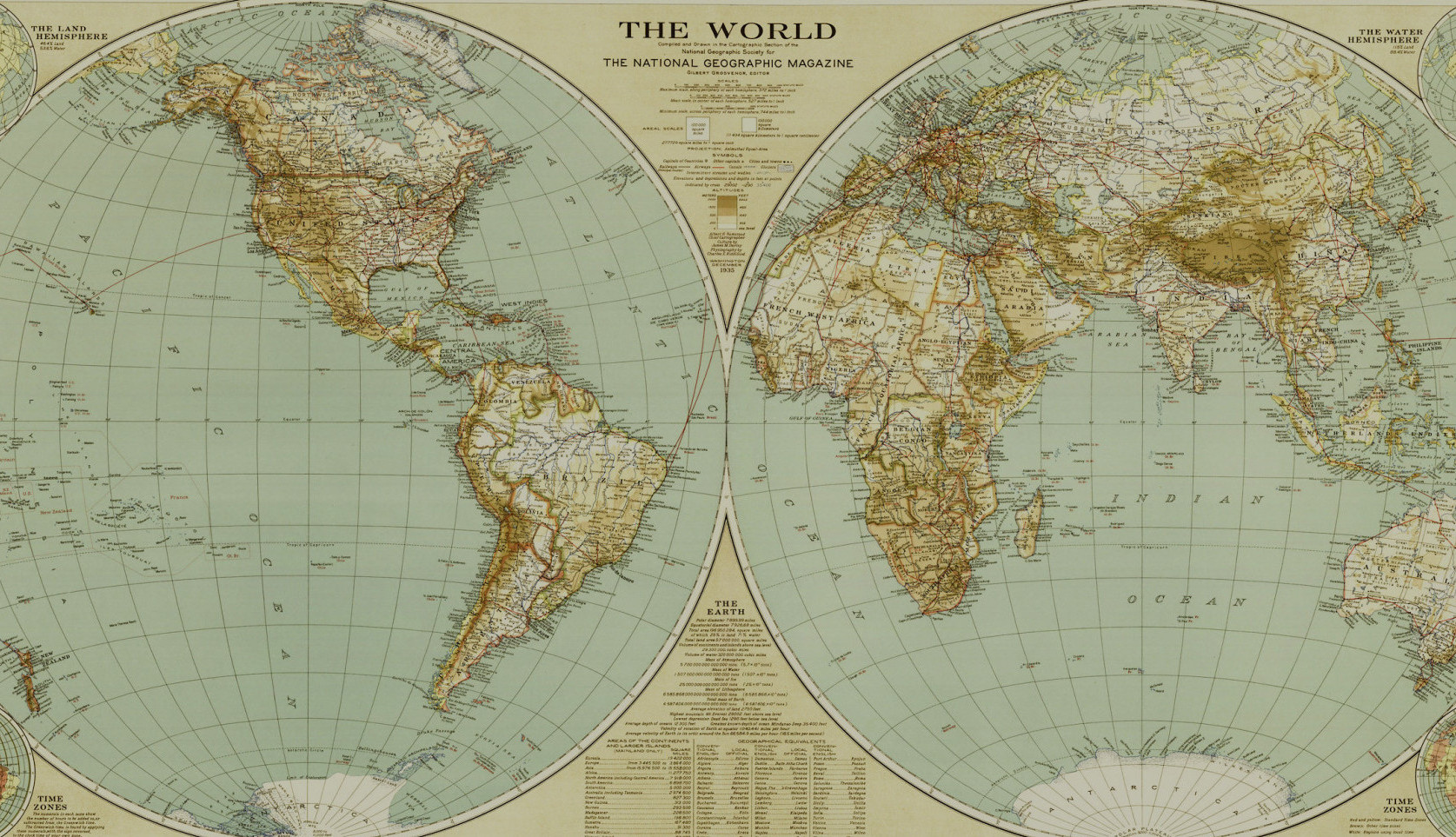As the sun sets on month six of Global Archaeology one thing that stays with me from my time on the Cycladic island of Naxos is the image of the Aegean Sea shining in the rose tinted sunrise. This is not something the average tourist sees while on holiday but if you are an archaeologist heading early to site you get to enjoy this each morning. Thankfully the sunsets are just as stunning, whether they are viewed while looking over a harbour, mountain village or beach. Naxos is a very interesting island with a rich history and beautiful landscape to explore. I did my best to see as much of it as possible, but I barely scratched the surface!
Naxos is an agriculturally rich island and the quality of the food available is outstanding. During my stay the archaeological team I was a part of (SNAP) ate at a different taverna in our base village each evening. Sitting together at one giant table the meals always started with freshly baked bread and generous portions of Greek salad (sometimes also with tzatziki or another small plate) accompanied by local wine and big jugs of water. Since we were such a large group the taverna prepared a vegetarian and a meat option that we could choose from. My favourite meal was a vegetarian version of Kolokithakia Yemista Avgolemono, a whole zucchini stuffed with aromatic rice in a traditional egg-lemon sauce. Mouth watering.
To work off all the yummy Greek cuisine there is a lot of walking that can be done on Naxos. A good hiking map is available in most tourist shops in the main town of Chora and this is a great tool to help plan a route on the marked walking paths and less busy roads. I was there in the height of summer and the heat is a real concern: if you do attempt a big hike it is essential to plan ahead and bring enough water, food and a mobile phone. There is no comparison to the experience you get of the Naxian countryside by walking instead of driving! It is well worth putting in a bit of effort to plan and prepare in order to walk down dirt tracks through fields to reach the likes of Byzantine churches, Classical temples and medieval castles.
On Naxos you are never far from the coast (it is an island! the largest one in the Cyclades) and the beaches are fantastic. The closest one to our accommodation was Plaka which is a quintessential tourist beach with shops, restaurants, bars and sun loungers with umbrellas for rent. The beach sand all across Naxos is soft and the warm Aegean Sea is crystal clear with very few critters to be wary of. A completely different experience can be found at the more hidden (yet easily accessible) beaches like Pirgaki. Taking a bus from one of the interior mountain villages or Chora and you can enjoy a relaxing day on an almost deserted beach.
Wherever you look on the island of Naxos your eye will find archaeology. The island is full of amazing sites to visit and explore. There is something for everyone: from Classical temples to historic windmills. It is also all around you when you walk through the peaceful villages and towns. The winding medieval lanes of central Chora are a perfect example of a spot where you are completely immersed in a medieval townscape. It is wonderful to get lost in the labyrinth of narrow streets and houses and know that you are walking the same paths that people have followed for hundreds of years. In Chora you can leave the touristy harbour area and walk to the top of the medieval Venetian kastro (castle) to enjoy the view of the Classical temple of Apollo. What makes this place even more special is that it is still a vibrant living community!
Naxos is a large and varied island with lots to do and see. You can make a journey from the sandy beach to a leafy mountain village in about an hour and see the very different landscapes that combine to give Naxos its special character. It is definitely somewhere I plan to return to, there are still so many archaeological sites I would like to visit! There is so much that this Cycladic island has to offer in terms of archaeology, gastronomy and cultural heritage. But, my next destination was calling to me! I’m onwards to Ireland for a month surrounded by the stone walls and fascinating archaeology of the Burren.
